
ThatPickleballSchool

Hey guys, it’s Kyle from ThatPickleballSchool. Let’s pull back the curtain and dissect one of the most important, yet under-talked-about, shots in pickleball: the fourth shot. I’m fired up about this because it took me a long time to realize how many errors I was making on this one shot—and I don’t want you making those same errors. Let’s go!
What Is the Fourth Shot in Pickleball?
So what exactly is the fourth shot? When my opponent hits a serve, that’s the first shot. When I hit the return, that’s the second. Then he hits the third shot, and my opponents shot right after that? That’s the fourth.
Let’s zoom out and raise our pickleball IQ. One of the biggest advantages you can have in pickleball is the kitchen advantage. That just means being up at the kitchen line as much as possible—because baseline bad, kitchen good. Simple as that.
Understanding Pickleball Advantages: Plus-One, Plus-Two, and Neutral
Let’s lock in some language we’ll use for the rest of this article:
- A plus one advantage means we’ve got one person at the kitchen and they’ve got none.
- A plus two advantage means we’ve got both players at the kitchen and they’ve got zero.
- If they’ve got one up and we’ve got two? Still plus one.
- Neutral means all four players are up at the kitchen—nobody’s got the edge.
When you’re the returning team, you start with a plus one advantage. That can easily turn into a plus two. But if you return and stay back? You just gave that advantage away. Now they’ve got two at the line, and we’ve only got one. You want to return, then run to the kitchen line, because that’s where you’re the greatest threat.
Sure, sometimes you can rip hard balls from the baseline and win. But I promise you, as you move up in skill, that stops working. Don’t just give up the kitchen—make your opponent earn it.
Reacting to a Third Shot Drive
When your opponent goes to hit their third shot, they’ve basically got two options: a third shot drive or a third shot drop. And your fourth shot? That depends entirely on what they just did.
Let’s start with the third shot drive. Say my opponent hits a drive—boom. We’ve got a plus one advantage: one of us at the kitchen, none of them at the kitchen. The goal now? Turn that into a plus two advantage and keep it.
When my opponent drives, my partner might look to poach. That’s a shake and bake play. So my first option—level one—is to just block the ball right back to the person who hit it.
Level two, a bit more advanced: I know my partners going to poach, so I take that ball and go behind him, because he’s anticipating and moving middle. I read that and go opposite.
Quick Technique Tips for Handling Drives
Here’s a big mistake people make: they take huge swings at third shot drives. And if the ball is coming fast, that leaves tons of room for error. Plus, physics—equal and opposite reaction. That hard return might go long.
So instead: short, compact swings. Paddle out front. Ball comes in hot? Out balls go out. Let them. Don’t overdo it. Your job is just to keep them back by hitting down at their feet.
What to Do Against a Third Shot Drop
Now for the second read: the third shot drop. Their whole goal is to get to the kitchen so they can become the biggest threat. Your job? Make them earn that kitchen.
So let’s say my partner and I returned and both moved up—we’ve now got a plus two advantage. If my opponents third shot drop comes in high, above my head, I’m just going to smash it.
If it’s more around net to forehead height? That’s where judgment comes in. Remember: their goal is to get to the kitchen. Your job is to make it hard for them.
Who do you hit it to? Secret tip—hit it to the weaker player on the other side.
The Most Common Mistake on the Fourth Shot
Here’s where I’ve made the most mistakes. I call it the “pretty damn good drop but I’m not sure if I should hit it out of the air or let it bounce.” Say that three times fast.
So my opponent hits a drop. I’ve got two decisions to make:
- Do I take it out of the air, or let it bounce?
- Whichever I choose, do I attack, or do I concede the kitchen?
“Concede” just means I recognize the drop is too good to pressure and I allow them to get to the kitchen. And yes, sometimes you’re stretched, and you have to hit out of the air. But if you do, don’t go for the winner. Just live to fight another shot.

Pro Tip from Ben Johns
One of my email subscribers shared this nugget from Ben Johns: if your contact point off the bounce is going to be higher than if you take it out of the air, then let it bounce. You can apply more pressure from that higher position off the bounce.
So instead of reaching in and doing nothing threatening, step back and apply pressure. You don’t always have to pop it up or give up the kitchen.
Recognizing When to Concede the Kitchen
If the drop is lower trajectory, has more topspin, or catches you off guard—especially if it’s to your backhand—you might not want to attack it. And that’s okay. Just concede. This is a mature decision not enough players make.
Your job is to keep them back. But maturity is knowing when they hit a great shot and you just need to let them in.
What I like to do? One step back, and hit my cross-court dink. Why cross-court? More margin for error, more distance, and less offense for them. If I go middle, it’s my partners forehand and a shorter distance—not ideal.
Funny how it works—you make the mistake, your partner gets nailed, they get mad, and you’re never friends again. Are we still friends? No?

Recap: Pressure with Purpose
When the drop comes in that net-to-forehead range, I’m trying to roll it and apply pressure. Their goal is to get to the kitchen—my goal is to keep them back.
The fourth shot: under-talked about, but crucial. If you want to be a better pickleball player, master this read. And if you want to improve your third shot drop, one of the hardest shots in the game, I’ve got an article for that right here.
Think you know pickleball inside and out? Challenge yourself with ThatPickleball IQ Test and see if you can score a perfect 10 out of 10!
Related Articles:
Anuncie Aqui / Advertise Here
Sua marca para o mundo Pickleball! / Your brand for the Pickleball world!

 English
English  Spanish
Spanish  Portuguese
Portuguese  German
German  Italian
Italian  Japanese
Japanese  French
French  Polish
Polish  Russian
Russian  Netherlands
Netherlands  Hungarian
Hungarian  Turkish
Turkish  Videos
Videos  Pickleball Portal
Pickleball Portal

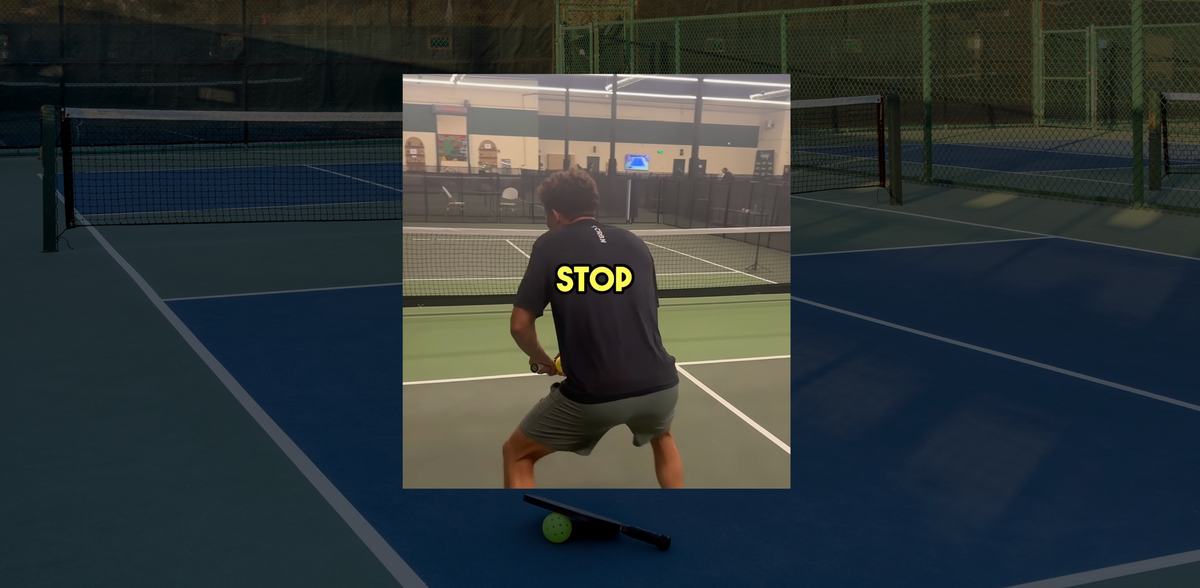
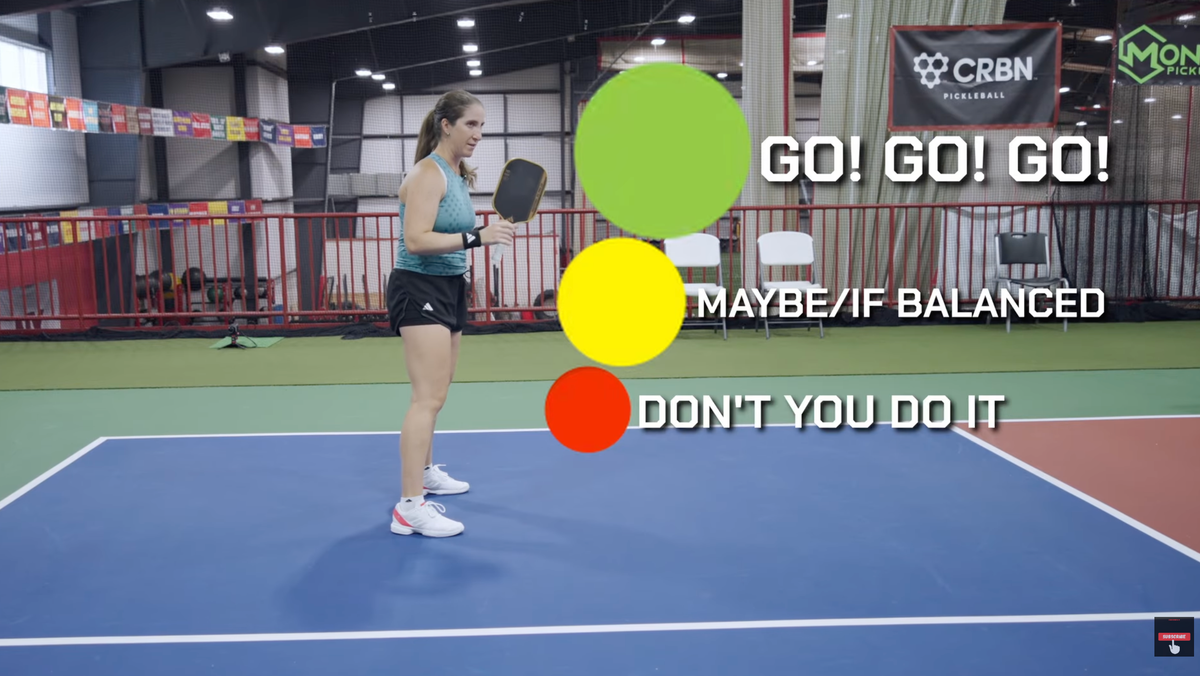
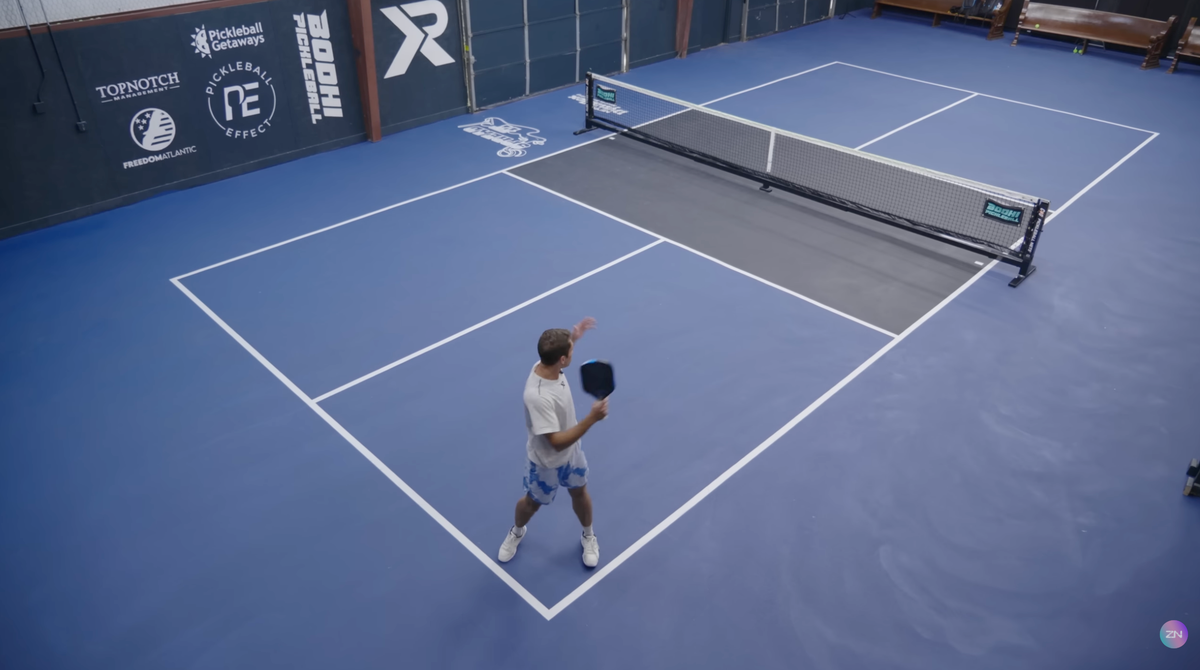
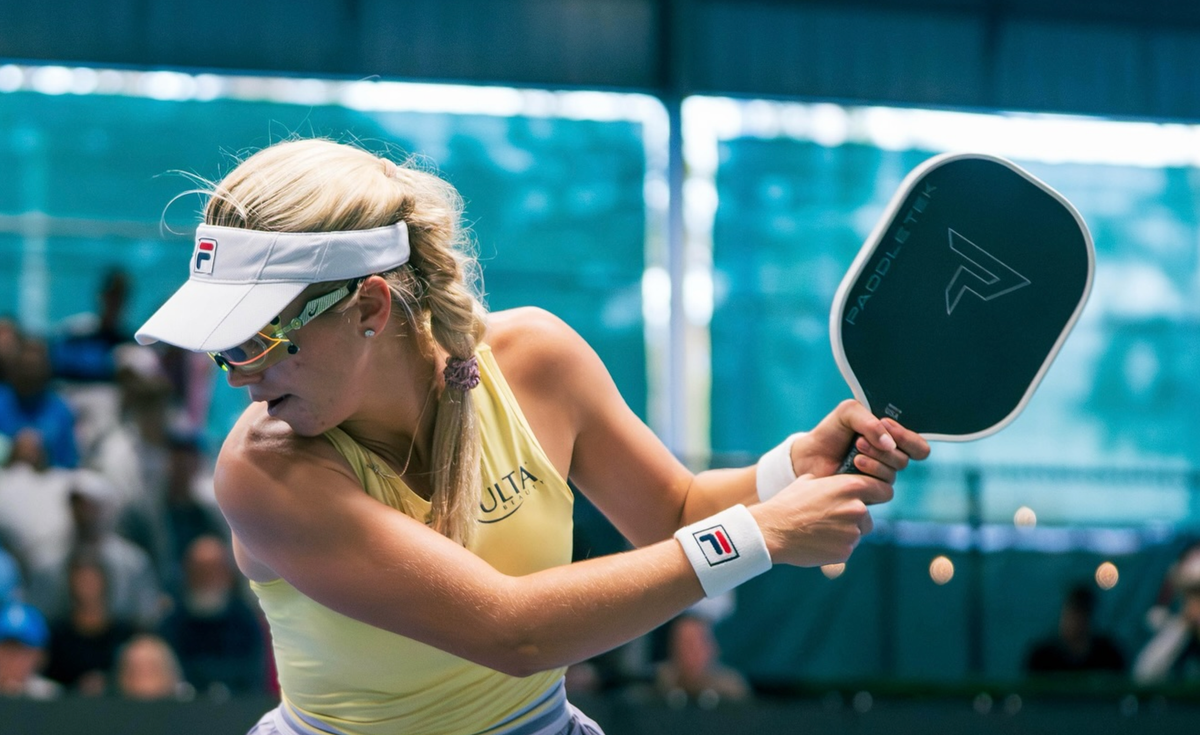
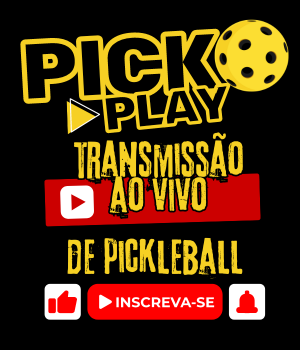



 English (US) ·
English (US) ·  Portuguese (BR) ·
Portuguese (BR) ·